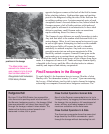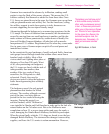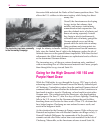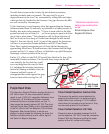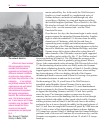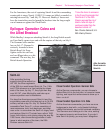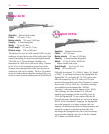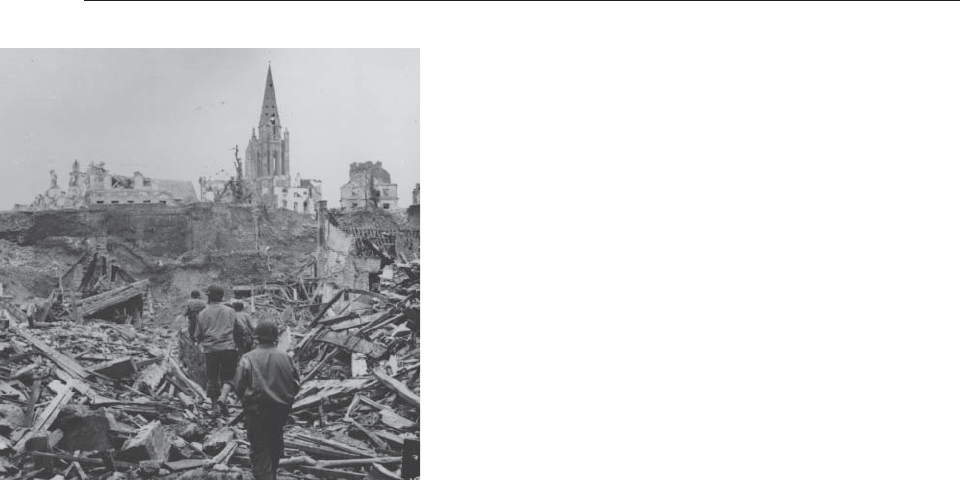
84
Close Combat
mortar and artillery fire. In the north, the 35th Division is
fought to a virtual standstill by a sophisticated series of
German defenses, and makes a breakthrough only after
several days of fighting, by using tank destroyers to blast
the fortified hedgerow positions. West of Saint-Lô, the 30th
Division has its hands full with brutal counterattacks from
Panzer Lehr—an elite armored unit—and the Third
Parachute Division.
Over the next few days, the Americans begin to make steady
progress against the entrenched German defenders. Supplies
begin to reach the embattled U.S. divisions from the newly
cleared port of Cherbourg, while the Seventh Army is
experiencing acute resupply and reinforcement problems.
Two battalions of the 29th make isolated advances on the key
town of la Madeleine, near the Martinville Ridge, and when
German troops fail to destroy them after cutting them off,
other elements of the 29th make a renewed push, supported
by artillery and air strikes. By July 17, the 29th has reached
the eastern outskirts of Saint-Lô. The 35th keeps the pressure on the
depleted German 352nd, which is gradually giving ground. When a
Panzer Lehr counterattack on the advancing 30th Division fails on July
17, the deteriorating situation in the west finally makes the Germans
think about withdrawing from the vicinity of Saint-Lô. Fearful of being
trapped against the river Vire by the American forces, whose artillery
has destroyed many of the river bridges, the bulk of the German
defenders pull back to an area south of Saint-Lô, leaving a few pockets
of determined resistance in and near the town itself.
On the morning of July 18, a task force of the 29th Division is
assembled under Brigadier-General Norman Cota to move into
Saint-Lô, which is in ruins after an intense U.S. aerial bombardment.
Despite resistance by the Second Paratroop Corps, no reserves remain
to support the defending Germans, and the U.S. task force quickly
enters the town. The Americans capture a square near the town
cemetery that has survived the bombing, then fan out on foot through
streets too choked with rubble to allow much vehicle traffic. German
artillery positions south of Saint-Lô shell the task force with artillery
and mortar fire as it moves through the rubble, but the rapid advance of
the U.S. task force has caught the Germans off guard. By 1900 hours on
July 18, after a series of hot skirmishes and house-to-house fighting,
U.S. troops have secured Saint-Lô. Shelling from the German defensive
positions south of the town will continue for several more days, and the
Germans even organize a counterattack on June 19, which U.S. troops
break up.
“. . . officers who have received
the best peacetime training
available find themselves
surprised and confused by the
difference between conditions
as pictured in map problems
and those they encounter in the
campaign. . . . In our schools
we generally assume that the
organizations are well-trained
and at full strength, that
subordinates are competent,
that supply arrangements
function, that communications
work, that orders are carried
out. In war many or all of these
conditions may be absent. The
veteran knows that this is
normal and his mental
processes are not paralyzed
by it. . . .”
Gen. George C. Marshall,
Infantry in Battle
, 1934
The ruins of Saint-Lô



